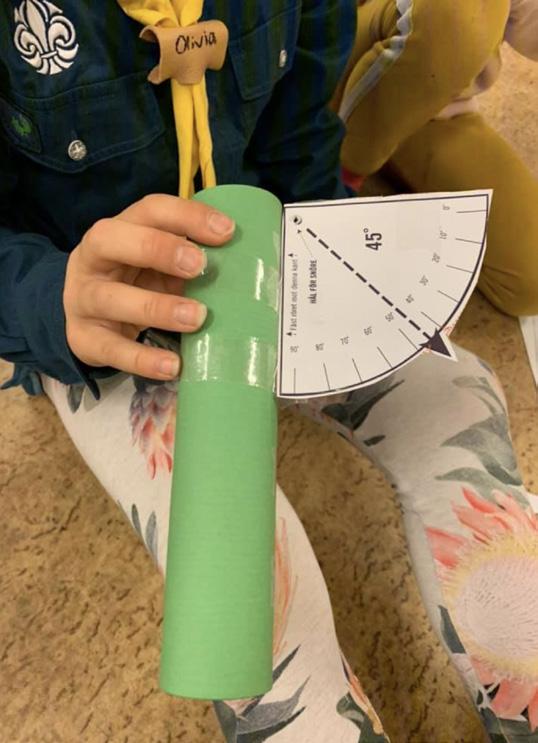
1 minute read
OBJECTIVES
There is currently no common and effective way of measuring light pollution. This is a problem that researchers are working to find a solution to. A reliable way of measuring light pollution is needed in order to be able to improve our knowledge about the problem. It is only when we understand how light pollution works that we, and politicians, can take the right measures to reduce it.
What is unique about the Star-Spotting Experiment method is that it measures light pollution at a very local level (from your street, school playground or garden) compared to other methods, often satellite-based, where observations are made from above.
The objectives of the Star-Spotting Experiment were:
To test a new, simple method for measuring light pollution. To investigate whether this method is as good as other methods or perhaps better. To map light pollution in the participating countries. To raise awareness of the problems associated with light pollution. To demonstrate how research is done and how researchers carry out their work.
Image 6. The constellation Orion against a dark sky compared with a city sky in an urban area with 500,000 inhabitants. Photo: Jeremy Stanley [CC BY 2.0 (https://creativecommons.org/licenses/by/2.0)], Wikimedia Commons









